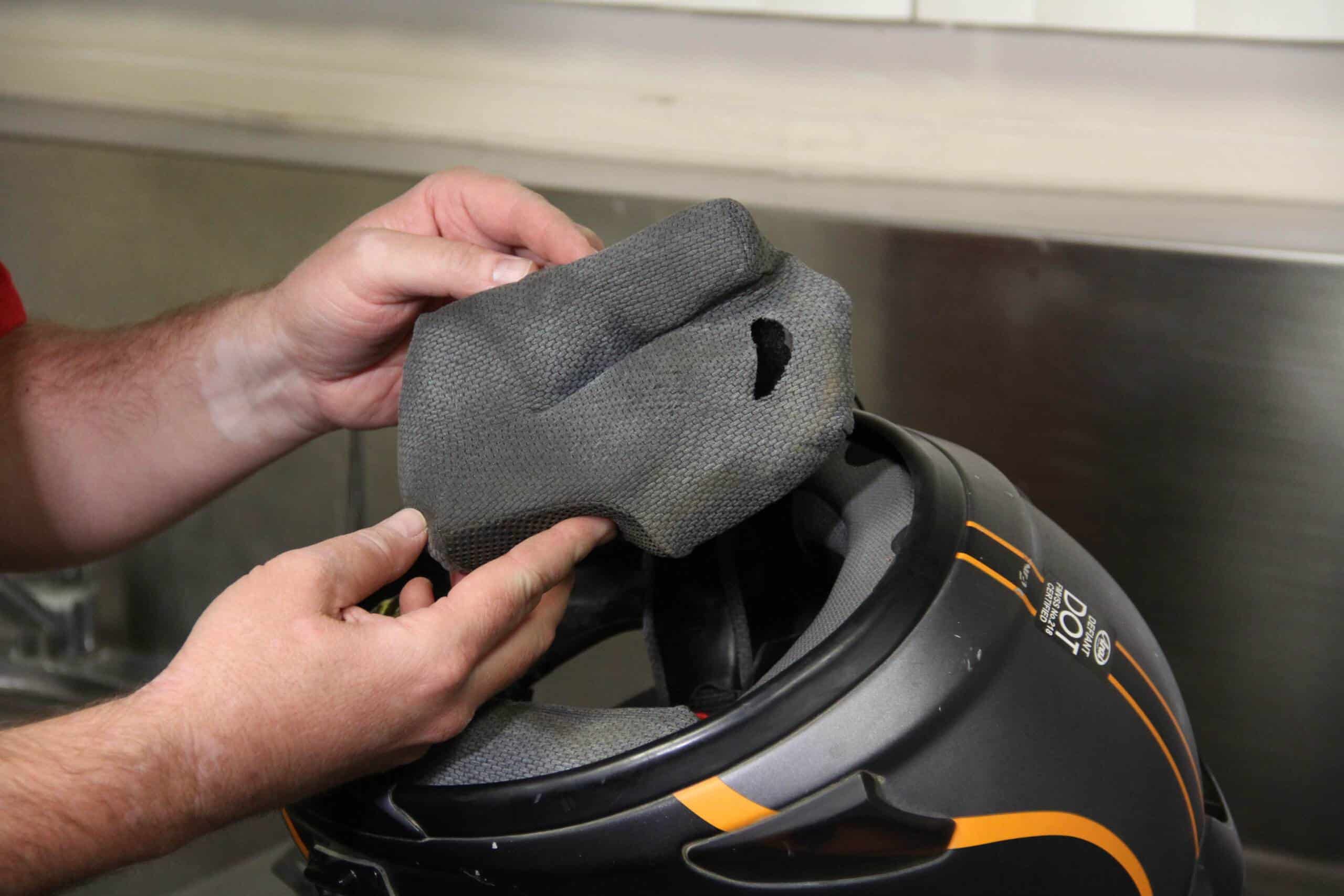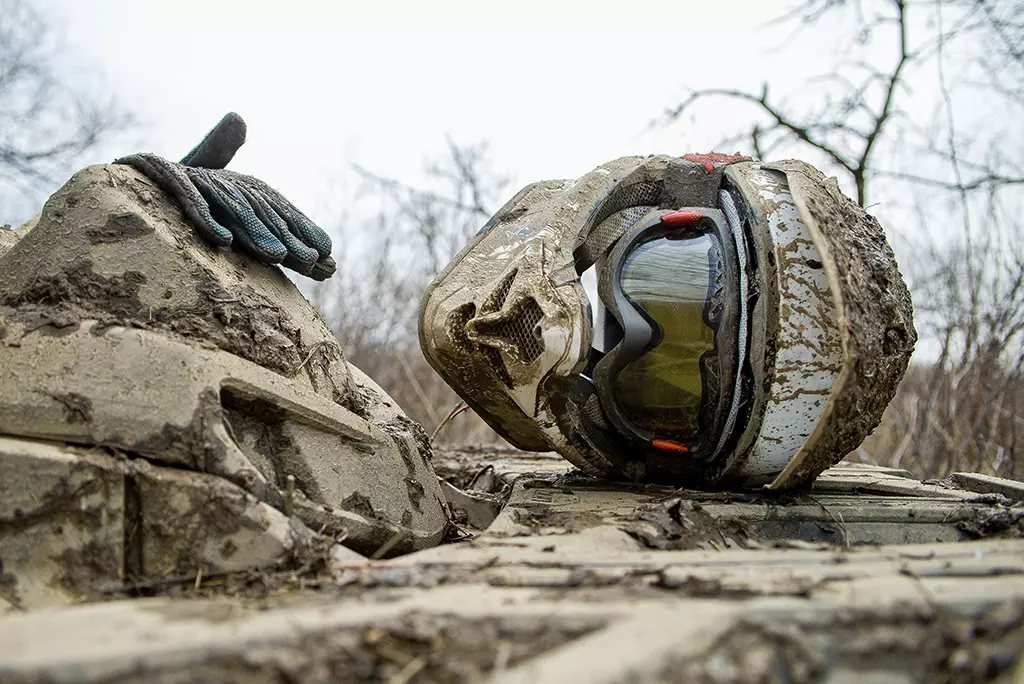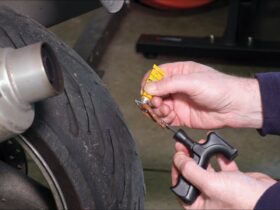Your head is the most vital part of your body, and luckily for you, helmets protect it in the event of an accident. Helmets also protect your head and face from flying debris and insects, as well as wind blasts. They are designed to stay stressed. However, they will not tolerate misuse or abuse. Helmets require maintenance like any other gear since most helmet issues are caused by improper or non-existent care. So, let’s start discussing helmet cleaning tips.

If your helmet costs a lot of money, you’re more willing to treat it well and take care of it. However, if you aren’t doing it correctly, you may be causing more harm than good. Even though your helmet is affordable, it still needs maintenance to effectively protect your head and face.
How to clean a motorcycle helmet:-
1. Cleaning the shell and the visor
The first thing about helmet cleaning tips is cleaning chemicals such as Colin or petroleum distillate. When you use glass cleaners or any other ammonia-based cleaners on the visor and shell, the ammonia breaks down the polycarbonate in the helmet, diminishing its integrity over time. Instead, always clean your helmet and visor with plain water or professional helmet and visor cleaners. It will serve to prevent unseen damage to your helmet, paint peeling, and scratch-resistant and fog-resistant coatings on your visor.
When wiping the helmet shell, always use a soft microfiber cloth/soft tissue and avoid abrasive materials. Place a damp cloth over the afflicted region for 30-60 seconds to get rid of the bugs.
You may come across recommendations to dab clean the visor so that swirl marks don’t appear. It is relevant for visors that aren’t scratch-resistant or don’t have soft tissue on hand. Our best method for cleaning the visor is to wash it under normal water to remove bugs or dust. Then wipe the exterior side first, then the inside with a soft tissue.
2. Cleaning pin lock shields
Pin lock shields do not have a scratch-resistant layer, so be extra careful while cleaning them. Inadequate cleaning will almost certainly leave marks that aren’t visible but are enough to ruin your night riding. Easily clean them with a soft tissue after washing.
3. Inner liners and cheek pads
These days, most decent helmets include detachable inner liners and cheek padding. Although most of them include anti-microbial coatings to prevent smell, cleaning them once in a while when dust accumulates helps to keep your helmet feeling and smelling fresh. Fabric softeners and severe detergents should be avoided since they degrade the coatings and prevent moisture wicking. And, as much as possible, washing them in hot water. Do not use dryers; instead, allow them to air dry.
4. Wear a Balaclava or any liner
Get into the habit of wearing a balaclava to keep body oils and sweat from harming the helmet lining. It also helps keep moisture out of your eyes and lips when you’re riding.
5. Vents
Bugs will become lodged in the vents of your helmet over time, obstructing airflow and ventilation and causing you to sweat. Cleaning them using compressed air, as well as other ways like cotton swabs, is quite effective.
6. Lubing any moveable parts
You may have observed that the interior shades of some helmets become less free with time or that the visor system becomes loud over time. All movable components should be lubricated with a suitable lubricant to keep them moving smoothly and ensure proper operation.
7. Storage
Allow your helmet to dry for at minimum a day after a ride to allow moisture to escape and avoid smells. While keeping the helmet in your helmet bag, use some leftover silica gel packets to keep it dry and smell-free.
8. Hydrophobic sprays for visors during rains
Water droplets on your visor are one of the most irritating feelings. It’s best not to clean them with gloves because they scratch the visor over time. To maintain your visor free of water droplets, use a decent hydrophobic spray.
9. Avoid leaving helmet locked out along your bike
It’s never a good idea to leave your helmet out in the open to the weather. Not only does it tempt robbers, but it also causes your helmet to accumulate dust and damage faster.
Klim Motorcycle Riding Boots Review | Airoh Motocross and Off-Road Helmets Review | Best Forma Motorcycle Riding Boots
Conclusion
After reading the above post about helmet cleaning and maintenance tips, treat your helmet with the highest care and attention, and it will undoubtedly benefit you when the time comes.










Leave a Review